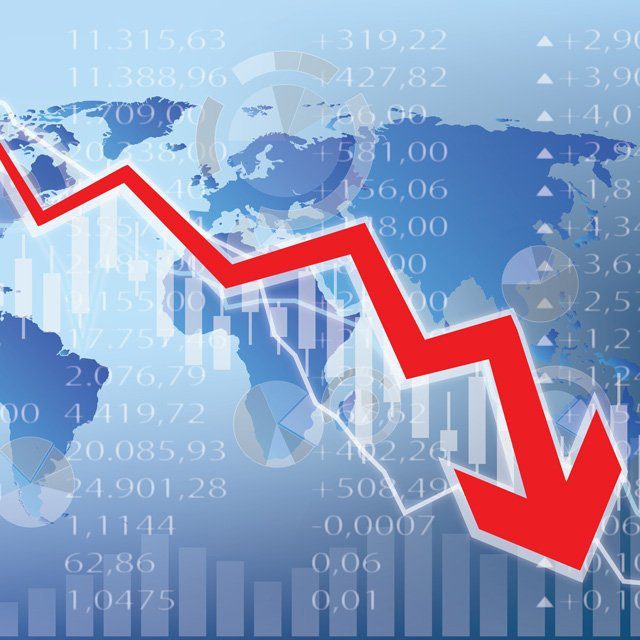S&P 500's Worst First Half Since 1970 Won't Tell You Much About the Second Half

The S&P 500 suffered its worst first half since 1970. But its dismal performance is not an indication of what’s to come.
That’s according to analysis by S&P Dow Jones Indices that says historically, there has been little to no correlation between the index’s performance in the first and second half of the year.
The S&P 500 lost 21% in the first half of 1970, during a period of high inflation that the current environment has been compared with. It gained 27% during the last six months of that year. In 2020, it dropped 4% in the first half and soared 21% in the latter half of the year.
That doesn’t mean we have the all-clear. How the second half will play out is still a coin toss.
Since 1957, in the years when the S&P 500 had a negative first half, the benchmark had a negative second half about 50% of the time, said Anu Ganti, senior director of index investment strategy at S&P Dow Jones.
“It’s very difficult to know or to predict what is going to happen based on past performance,” she said.
The odds are looking good for the rest of 2022, since the market has already priced in the probability of a mild recession, said Brent Schutte, chief investment officer at Northwestern Mutual Wealth Management.



